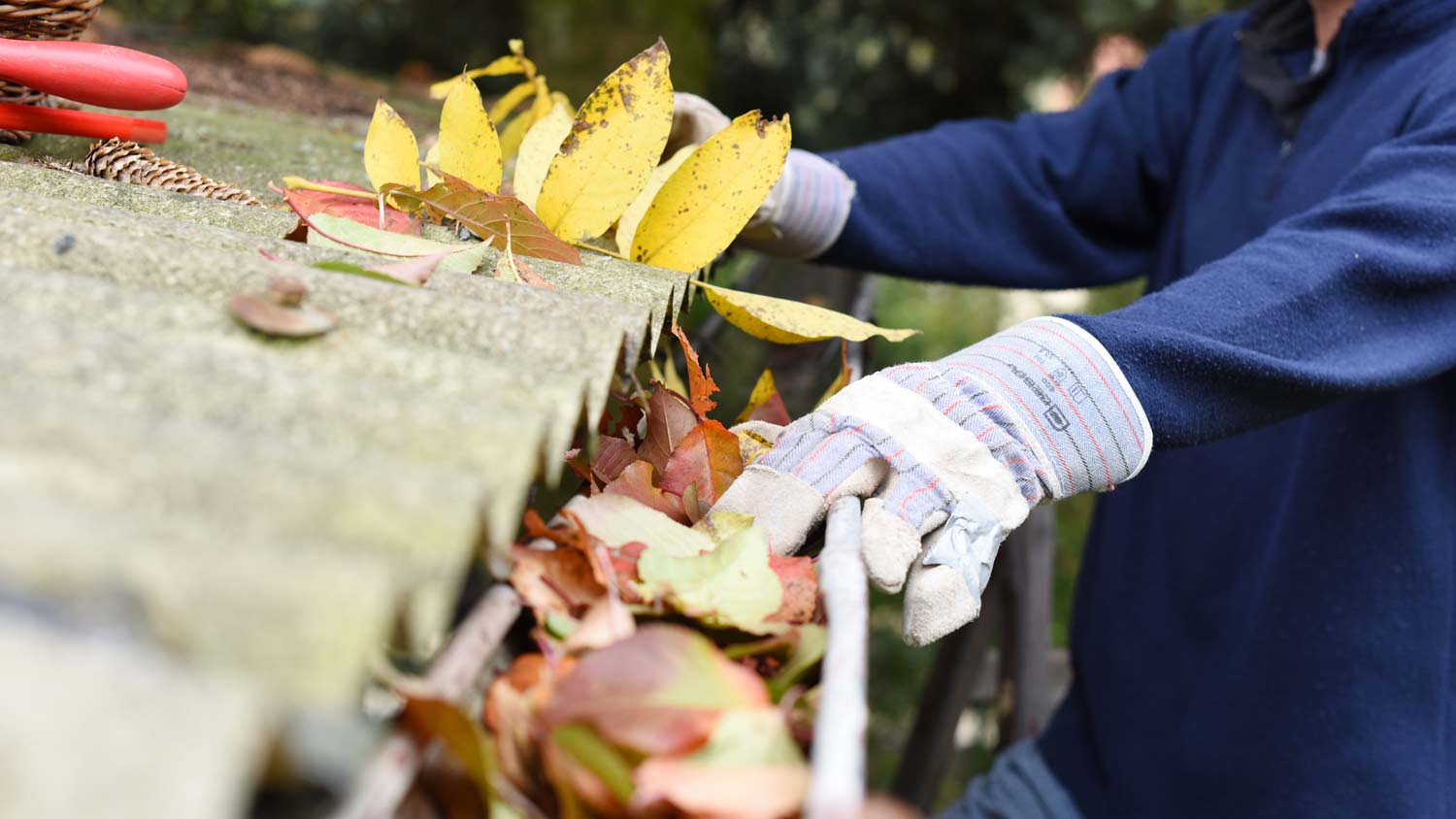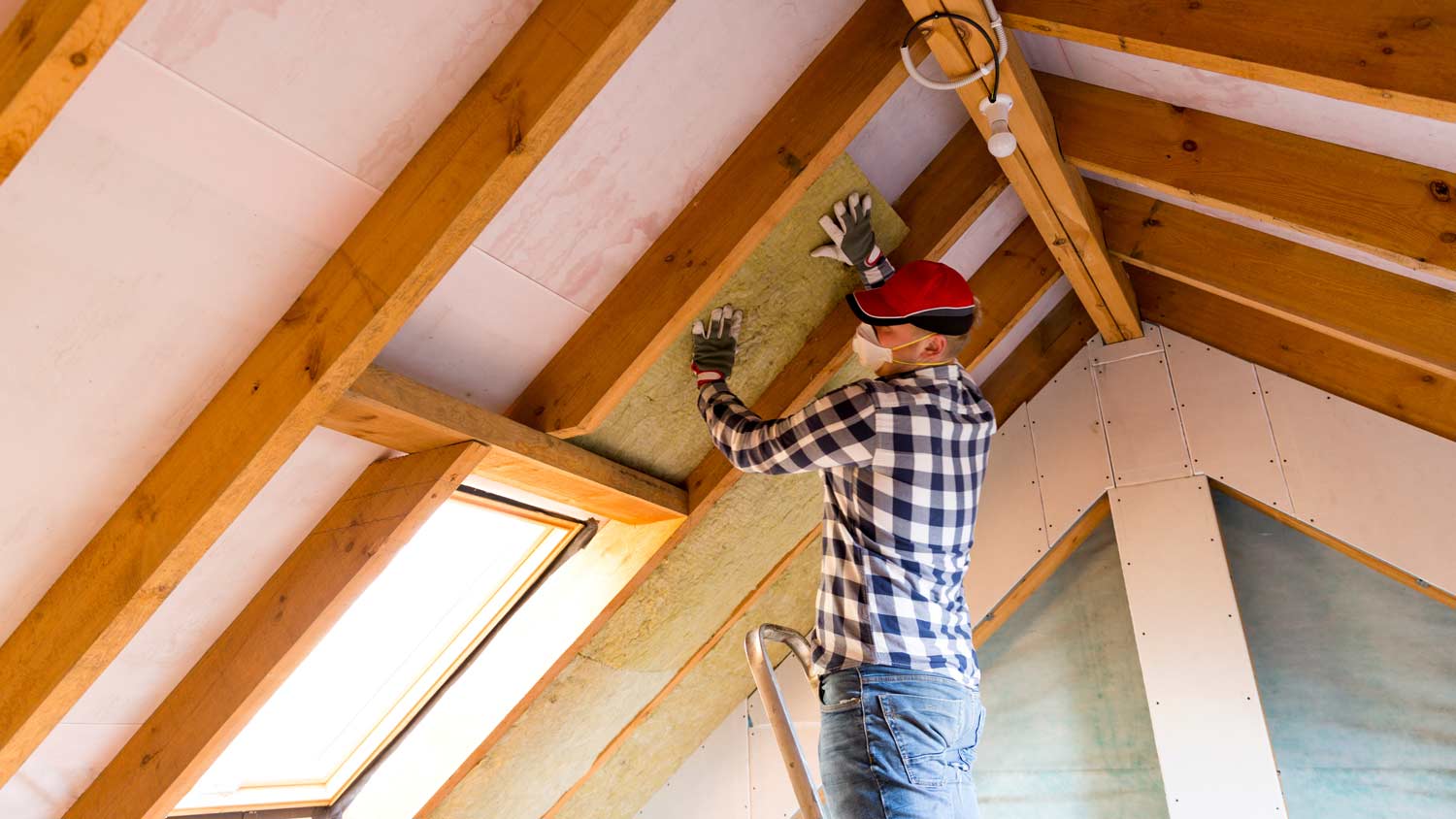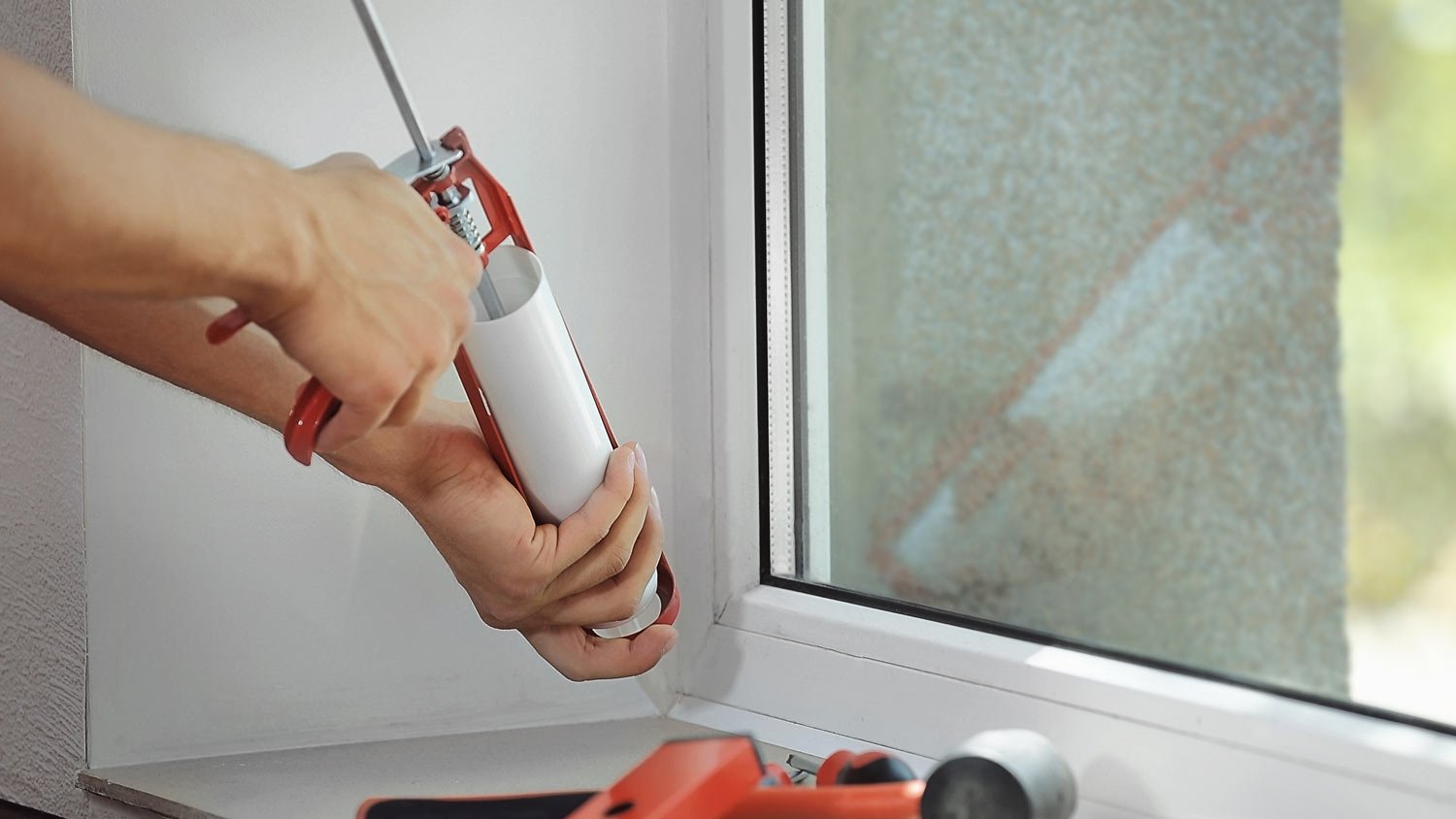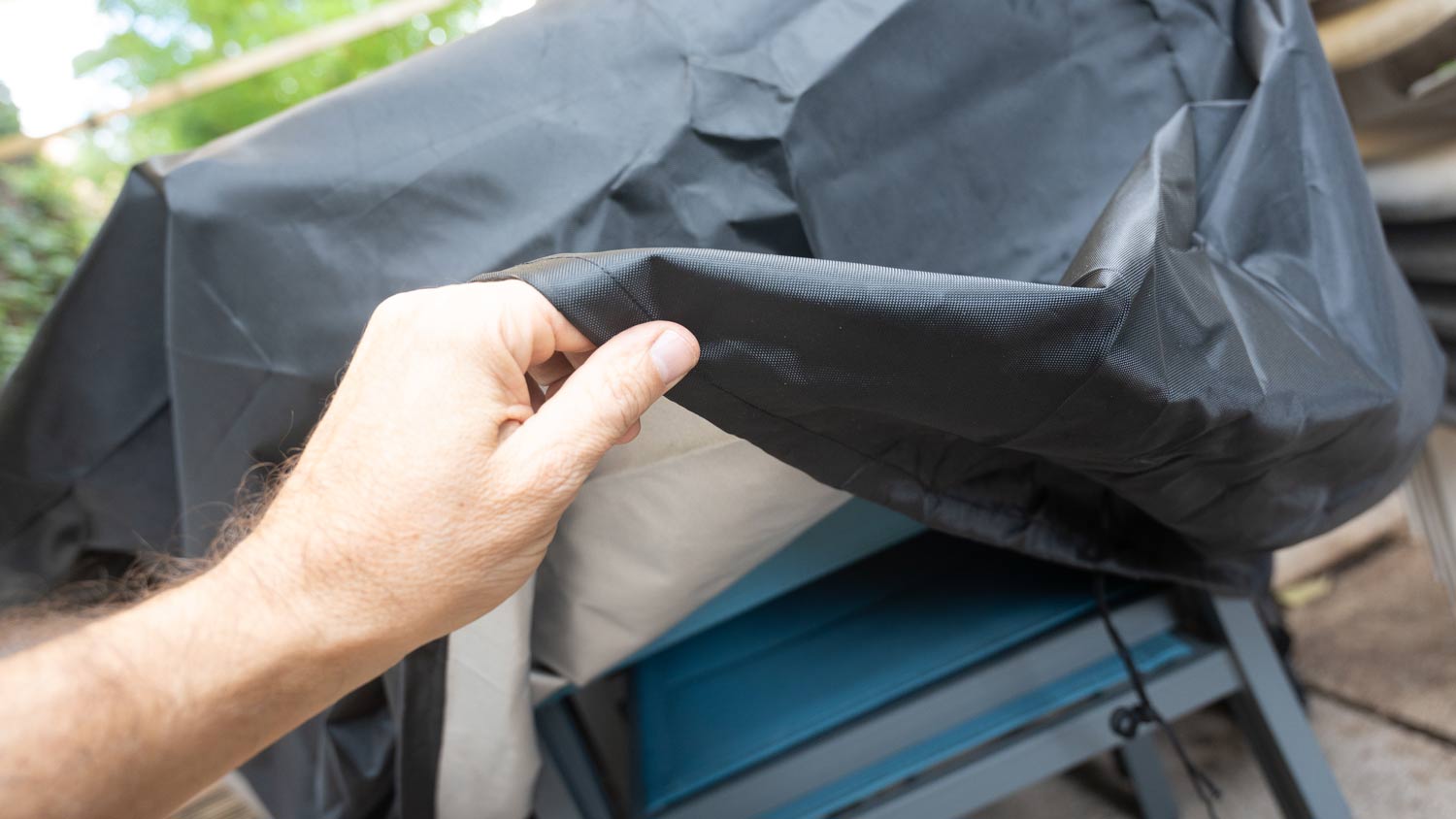How to Winterize a House: The Ultimate Winterization Checklist
Weather this upcoming winter in style using this checklist


Once summer ends, winter arrives in the blink of an eye. If you don’t learn how to winterize your house, the freezing temperatures and extreme weather can have devastating and costly effects on it.
Winterizing your home before winter can protect your home (and wallet) from costly damage. Whether you’re a snowbird that’s leaving for a while or simply a homeowner looking to hunker down, here’s how to winterize your house.
What Is Winterization?
Winterization is the process of preparing your home for the winter months. This is an essential step when preparing to vacate a second home for the winter. However, it can also be helpful in protecting your primary residence from the costly energy bills and damage caused by harsh winter weather. Showing your property some TLC before the winter arrives can ensure it thrives for the entire cold season.
The best time to winterize a house or garage is during the early fall; doing so gives you ample time to complete all of the necessary tasks. While some winterization tasks can be fun DIY projects, you will need to hire a pro for other jobs such as servicing your HVAC system. In that case, you’ll want to find an HVAC company near you.
Winterization Supplies List
Before you begin to winterize your home, make sure you have the tools and supplies you need to do the job right.
Ladder
Generator
Furnace filter
Faucet covers
Caulk gun
Snow removal equipment
Door sweeps
Window film
Gutter wand
Roof rake
Pipe insulation
Winterization Checklist
Once you’ve gathered the necessary tools and supplies, use the following checklist to keep your home safe this winter. Feel free to complete these winterization tasks in any order you want; just make sure that every task is checked off your list before the first snow arrives.
1. Gutters

It’s easy to overlook the important role your gutters play in protecting the foundation of your home from water damage. However, cleaning out your gutters before winter strikes is a crucial step in the home winterization process. Dirty, clogged gutters can prevent melted snow from draining properly.
Examine gutters for leaks, holes, cracks, or other damage.
Check gutters for visible signs of mold or mildew.
If non-hazardous mold or mildew is present, power wash gutters with a bleach water solution.
Remove tree branches, leaves, or debris from gutters.
Clear downspouts of debris by using a hose.
Check gutters for standing water and adjust positioning if necessary to ensure water can flow freely.
install gutter guards to stop debris from getting trapped in your gutters.
Inspect siding for signs of water damage, such as rotting, decay, and erosion.
If needed, hire a gutter cleaning pro to make any necessary repairs or replace your gutters.
2. Pipes
Freezing winter temperatures can result in frozen pipes, which can cause serious issues for your home. You can protect your pipes by ensuring that they’re properly insulated.
In freezing temperatures, keep a slight stream of water running through your faucets.
Open the cabinet doors in your kitchen and bathroom sinks.
Repair broken windows to stop cold air from entering rooms in your home, particularly the basement.
Disconnect your outdoor garden hoses and sprinkler systems.
3. Roof and Attic

Winter usually brings heavy snowfall, which can cause major damage to a vulnerable roof. Not to mention, precious heat can escape through a poorly insulated attic. The winterization process is a great time to get roofing work done, as well as replace or add insulation to your attic.
Inspect roof for any damage, including missing or cracked shingles or holes.
Check the roof and attic for signs of pests.
Cut down any tree branches and limbs hanging over your roof.
Add insulation or replace existing insulation in the attic.
Make sure your roof and attic are properly ventilated.
Keep attic vents open for the entire winter.
Avoid covering attic vents with insulation.
Regularly remove ice or snow on the outside of vents.
Arrange for a snow removal pro to regularly remove snow or ice from your roof.
4. Chimney and Fireplace
If you have a fireplace, it’s essential that you have it professionally inspected before lighting your first fire of the winter. Debris, animal nests, and other buildup can clog the chimney and become a serious safety concern.
Have your chimney professionally swept of soot, ash, and other debris.
If you don’t use your chimney, use a chimney balloon to stop cold air from entering your home.
Install a chimney cap.
Check that your damper can open and close properly.
Replace any defective parts, such as the damper, gasket, and other masonry.
Hire a pro to inspect your chimney for any issues, such as masonry cracks and flue damage.
Clear your fireplaces of any remaining ashes or debris.
Move furniture and other flammable objects away from the fireplace.
5. Windows and Doors

Cold winter air can seep into your home through cracks in your doors, windows, and other entry points. To resolve this issue, you’ll want to seal any openings with caulk.
Inspect doors and windows for damage.
Use caulk to close up cracks, holes, or openings.
Add weatherstripping, window film, or a door sweep
Replace any cracked or broken window or door panes.
Add insulation behind the window and door trim.
Install a door draft guard or door gaskets.
Upgrade to a door with a higher ability to resist heat flow.
Install storm windows, thermal drapes, or cellular shades.
Invest in a window insulator kit.
6. HVAC System
The last thing you need is your furnace breaking down on the coldest night of the year. Hire an HVAC company near you to inspect and resolve any issues before harsh winter weather strikes.
Power off your outside AC unit and remove any debris from it.
Hose down your outdoor unit and let it dry completely.
To prevent power surges, turn off the power to your AC compressor for the winter.
Add insulation to necessary areas to lessen load on the HVAC system.
Place an outdoor cover on your outdoor unit.
Regularly clear your unit of any snow, ice, and debris during the winter season.
7. Patio and Deck

While that adorable patio set is perfect for the summer, winter weather can cause significant damage to your patio and deck. Make sure to clear your patio of any valuable items that aren’t weather-resistent and store them away in a safe place for the winter.
Store away furniture in a covered garage or shed.
Use a weatherproof cover on any items that remain outdoors.
Inspect deck floors for any loose boards or exposed nails.
Put a fresh coat of sealant on your deck.
Scrub or power wash your deck to get rid of debris, mold, or mildew.
Empty large plant pots, elevate them above ground, and turn them upside down to prevent freezing.
Clean and cover your grill.
Shut off gas grills and place the gas tank in a dry garage or shed.





- Carpentry
- House Framing Companies
- Baseboard Installation
- Subcontractors
- Pole Barn Builders
- Elevator Companies
- Grab Bar Installation
- EV Charger Installer
- Caulking Services
- Walk-In Tub Installers
- Attic Ladder Installation
- Bathroom Fan Installation
- Bathroom Vanity Installation
- Tub to Shower Conversion
- Balcony Contractors
- Keep Your Home Safe This Winter: 5 Tips to Protect Your House and Save Money
- The Ultimate Winter Home Maintenance Checklist
- Fall Home Maintenance Checklist: 20 Must-Do Tasks
- How to Prepare for a Winter Storm: 10 Crucial Tips
- 10 Fall Home Improvement Projects to Tackle This Year
- Can You Build a Deck in the Winter? 8 Reasons You Should
- Your Complete Spring Home Maintenance Checklist
- 13 Smart Ways to Weatherize Your Home in the Winter
- Can Cold Weather Cause Pipes to Leak? How to Fix and Prevent
- Protect Your Roof From the Snow With These Roof Winterizing Tips









